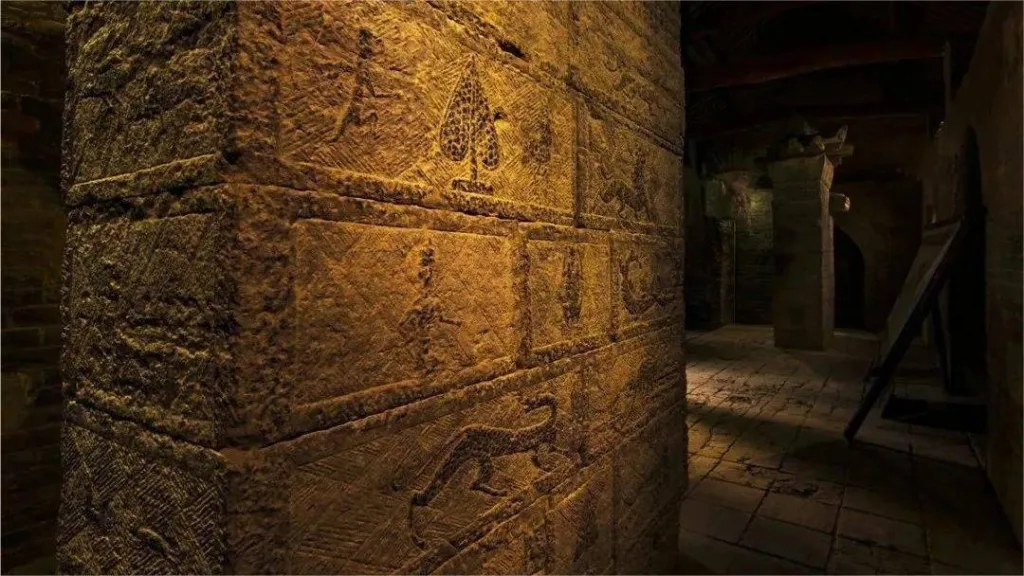Taishi Que Gates, Henan – Location and Highlights


The Taishi Que Gates (太室阙), located approximately 500 meters south of the Zhongyue Temple at the foot of Mount Taishi in Dengfeng City, Zhengzhou, Henan Province, China, are ancient ceremonial gateways that date back to the Eastern Han Dynasty. Constructed in the fifth year of the Yongchu era (118 AD) during the reign of Emperor An of Han, they were erected by Lü Chang, the magistrate of Yangcheng, to commemorate the achievements of Emperor Yu in flood control. As the earliest extant temple gateway in China, the Taishi Que Gates hold significant historical and architectural importance, serving as tangible evidence of ancient Chinese ceremonial practices and architectural excellence. Along with the Shaoshi Que Gates and the Qimu Que Gates, they are collectively known as the “Three Han Que Gates of Zhongyue.”
The Taishi Que Gates are constructed from hewn stone and consist of two gates, east and west, spaced 6.75 meters apart. Each gate is approximately 3.96 meters high and features a three-part structure comprising a base, body, and top. The upper part of the gates is adorned with carved stone pagoda-style roofs, with the southern face inscribed with six seal characters reading “Zhongyue Taishi Yangcheng (中岳太室阳城).” The west gate bears an inscription in a mixture of seal and clerical script, providing valuable insights into the evolution of Chinese calligraphy.
Carvings on the Taishi Que Gates depict various scenes of chariots and horses, equestrian performances, hunting expeditions, mythical stories, exotic birds and animals, cockfighting, acrobatics, and architectural motifs. The artistic style is characterized by simplicity, antiquity, and grandeur, reflecting the remarkable artistic achievements of ancient laborers. The form and content of the gates offer invaluable insights into the study of architectural history, art history, and the social history of the Eastern Han Dynasty.
In ancient times, “que” referred to symmetrical structures erected in front of city gates, tomb gates, palace gates, and temple gates. These structures lacked horizontal lintels between the two gateways and served primarily as pathways. According to records in the Book of Songs, such architectural features date back to the Zhou Dynasty and were used symbolically to represent grand entrances. City Que gates provided vantage points for surveying enemy movements, while palace and city Que gates displayed proclamations and laws to the people. Temple Que gates served as ceremonial pathways for religious rituals.
Исторические достопримечательности Хэнани, Достопримечательности Чжэнчжоу